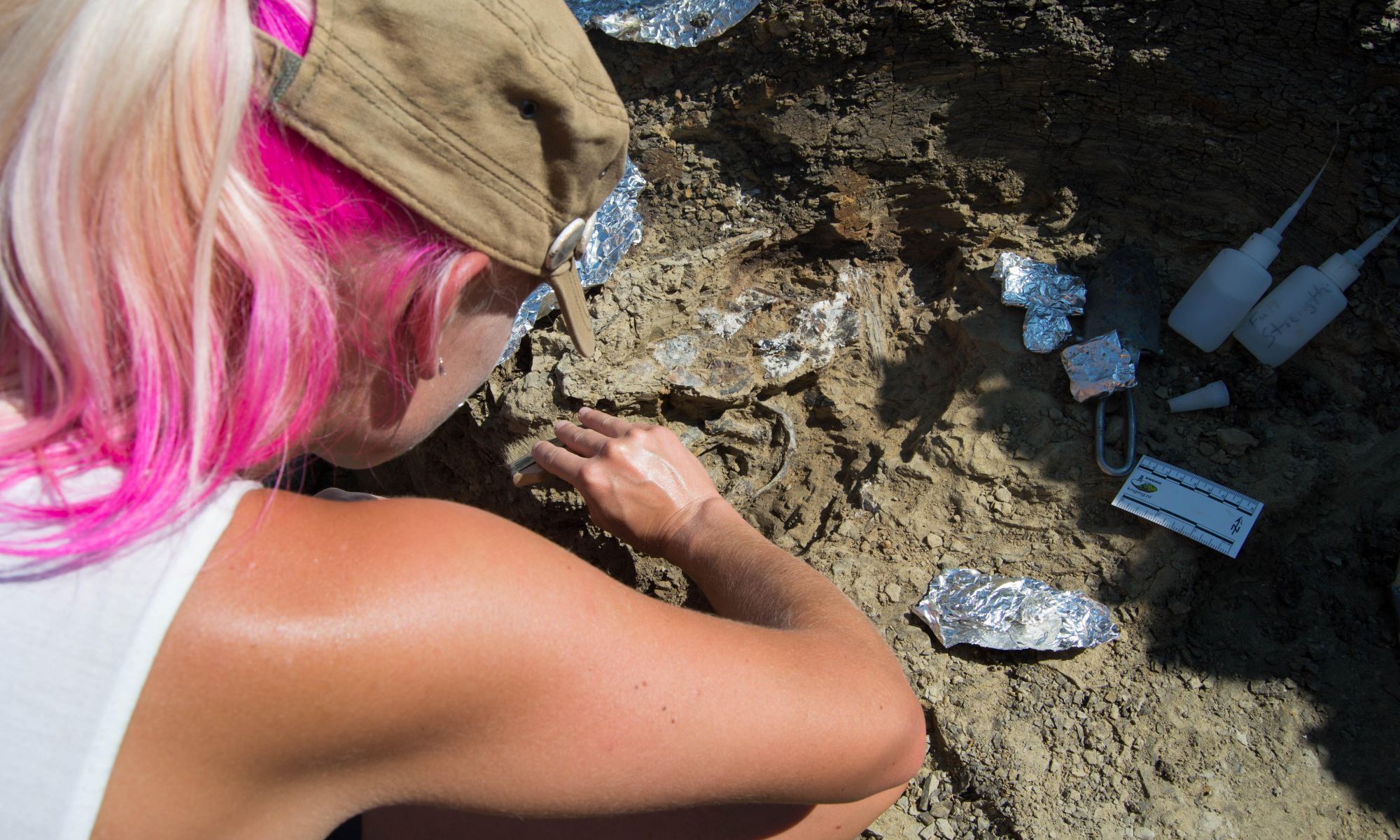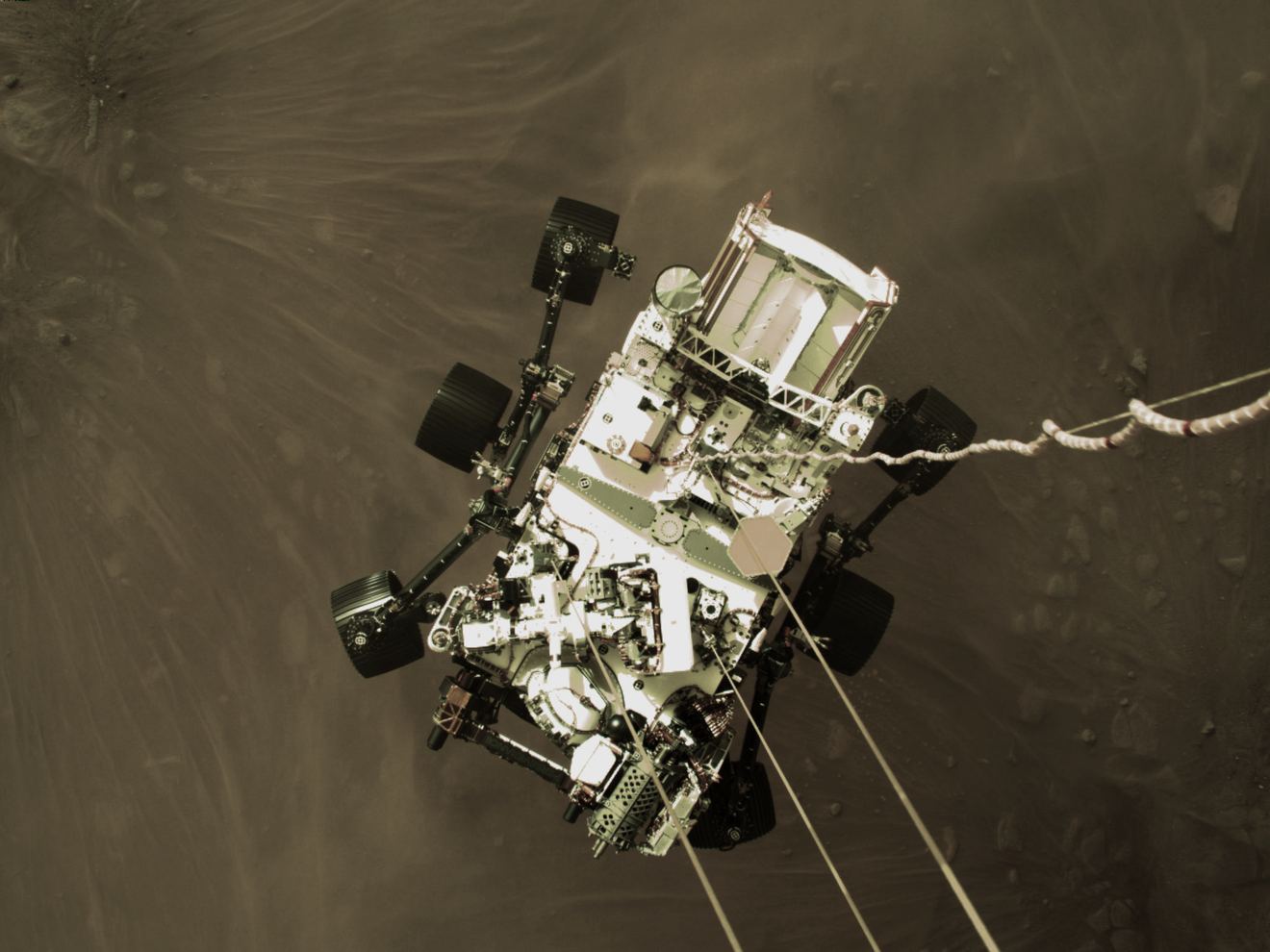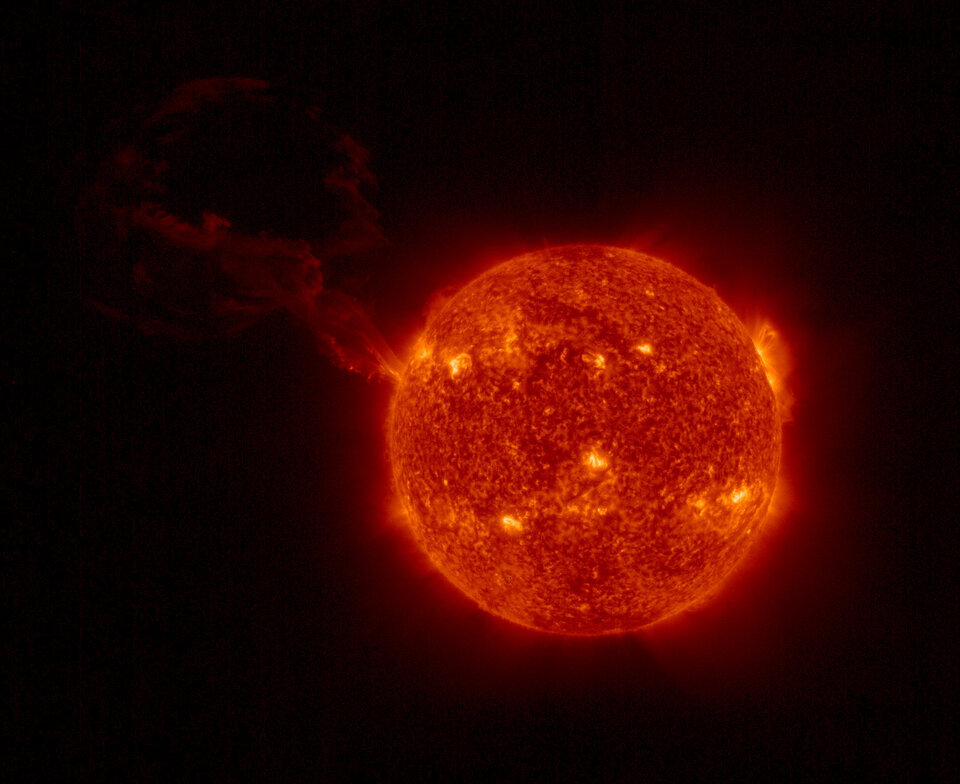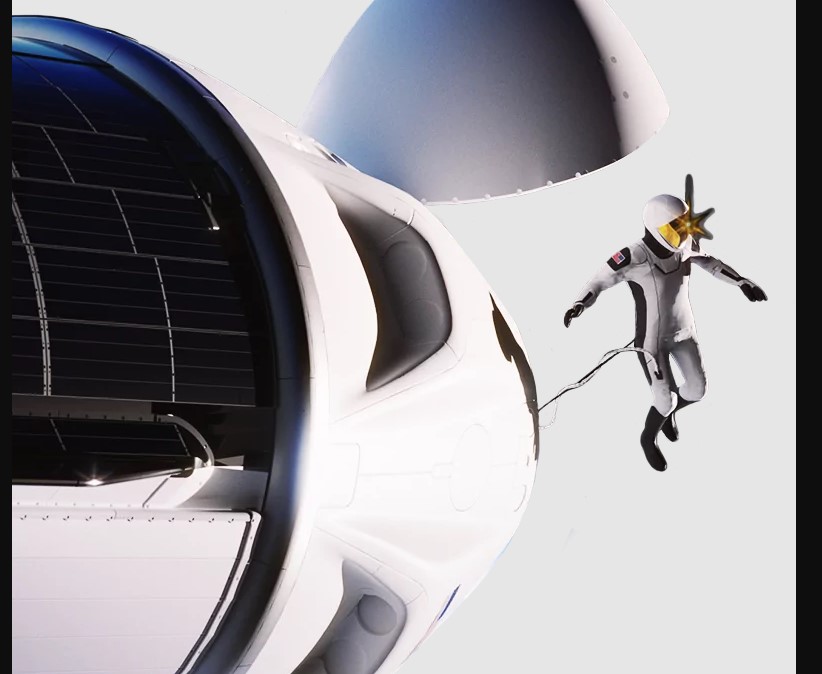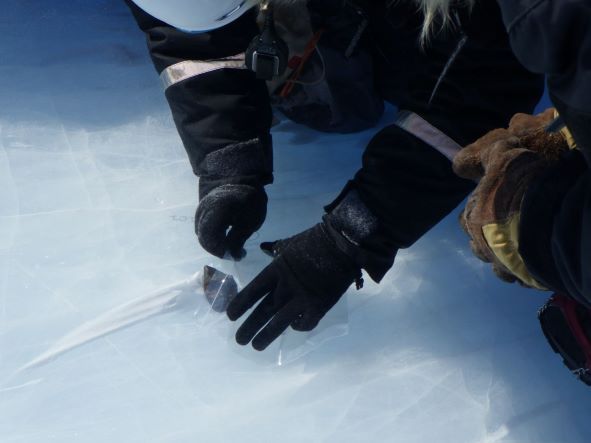We’ve long known a disaster took place about 66 million years ago, where in a geological instant, 75% of the plants and animals on Earth were wiped out, including all the land-roaming dinosaurs. But here’s a new detail about that event: Even though we can’t pinpoint exactly what year this disaster took place, we now know it happened during the springtime.
Continue reading “We don’t Know Exactly When the Dinosaurs Died, but Now We Know it was in the Springtime”Here’s Exactly how Engineers Are Aligning JWST’s Segmented Mirrors

Engineers for the James Webb Space Telescope are in the midst of an intricate, three-month-long process of aligning the telescope’s 18 separate mirror segments to work together as one giant, high-precision 6.5-meter (21.3-foot) primary telescope mirror.
This process, called phasing, began in early February and includes seven different steps, which goes from taking the mirrors’ initial placements after they were deployed to doing a “coarse” and then “fine” alignment, and then making sure the mirror works with all four of Webb’s instruments and their various fields of view.
Continue reading “Here’s Exactly how Engineers Are Aligning JWST’s Segmented Mirrors”How Time Flies: Perseverance and Ingenuity Have Been on Mars for a Year
What a year it’s been — Earth year, that is!
The dramatic touchdown on Mars for the Perseverance rover and the stowaway Ingenuity helicopter on February 18, 2021 was a bright moment in a tumultuous year here on Earth. And even though the pandemic meant that many people were watching the event from home – even some of the Mars rover team – NASA made sure to share the event as widely as possible.
Here’s a video highlight of that day, with pictures and video from both planets, and watching it brings smiles, goosebumps tears of joy. Of course, the incredible video we received of the landing from from the rover itself – especially the sky-crane lowering Perseverance to the planet’s surface — is nothing short of stunning.
Continue reading “How Time Flies: Perseverance and Ingenuity Have Been on Mars for a Year”A Colossal Flare Erupted From the Far Side of the Sun
Earlier this week the Sun erupted with a huge explosion, blasting solar particles millions of kilometers into space. The team for the ESA/NASA Solar Orbiter spacecraft says the blast is the largest solar prominence eruption ever observed in a single image together with the full solar disc.
Luckily for us here on Earth, the eruption on February 15, 2022 occurred on the farside of the Sun, the side facing away from our planet. But ESA and NASA predict geomagnetic storms are possible in the next few days as the active region on the Sun responsible for the blast turns toward us.
Continue reading “A Colossal Flare Erupted From the Far Side of the Sun”The First Image From NASA’s new X-ray Observatory

It’s first light for one of the newest space observatories! The Imaging X-Ray Polarimetry Explorer team has released their first image, taken after a month-long commissioning phase for the spacecraft. And it’s a beauty.
IXPE looked at a favorite target among space observatories, the supernova remnant Cassiopeia A. While x-rays are invisible to human eyes, the amount of magenta color in this image corresponds to the intensity of X-ray light observed. Needless to say, it’s intense with high energy x-rays.
Continue reading “The First Image From NASA’s new X-ray Observatory”Civilian Astronauts are Going to try Spacewalking From a Crew Dragon Capsule
Tech billionaire Jared Isaacman who flew to space on the Inspiration4 mission last year has announced another flight, with the aim of conducting the first-ever commercial spacewalk.
Continue reading “Civilian Astronauts are Going to try Spacewalking From a Crew Dragon Capsule”James Webb’s First Pictures are Out! But it’s a Work in Progress
Scientists from the James Webb Space Telescope shared the first images from space taken by the new telescope. Since the 18-segment mirror is in the early stages of being aligned, the first image is understandably blurry and a bit jumbled. But its exactly what the team wanted to see.
Continue reading “James Webb’s First Pictures are Out! But it’s a Work in Progress”Wow. Parker Solar Probe Took a Picture of the Surface of Venus
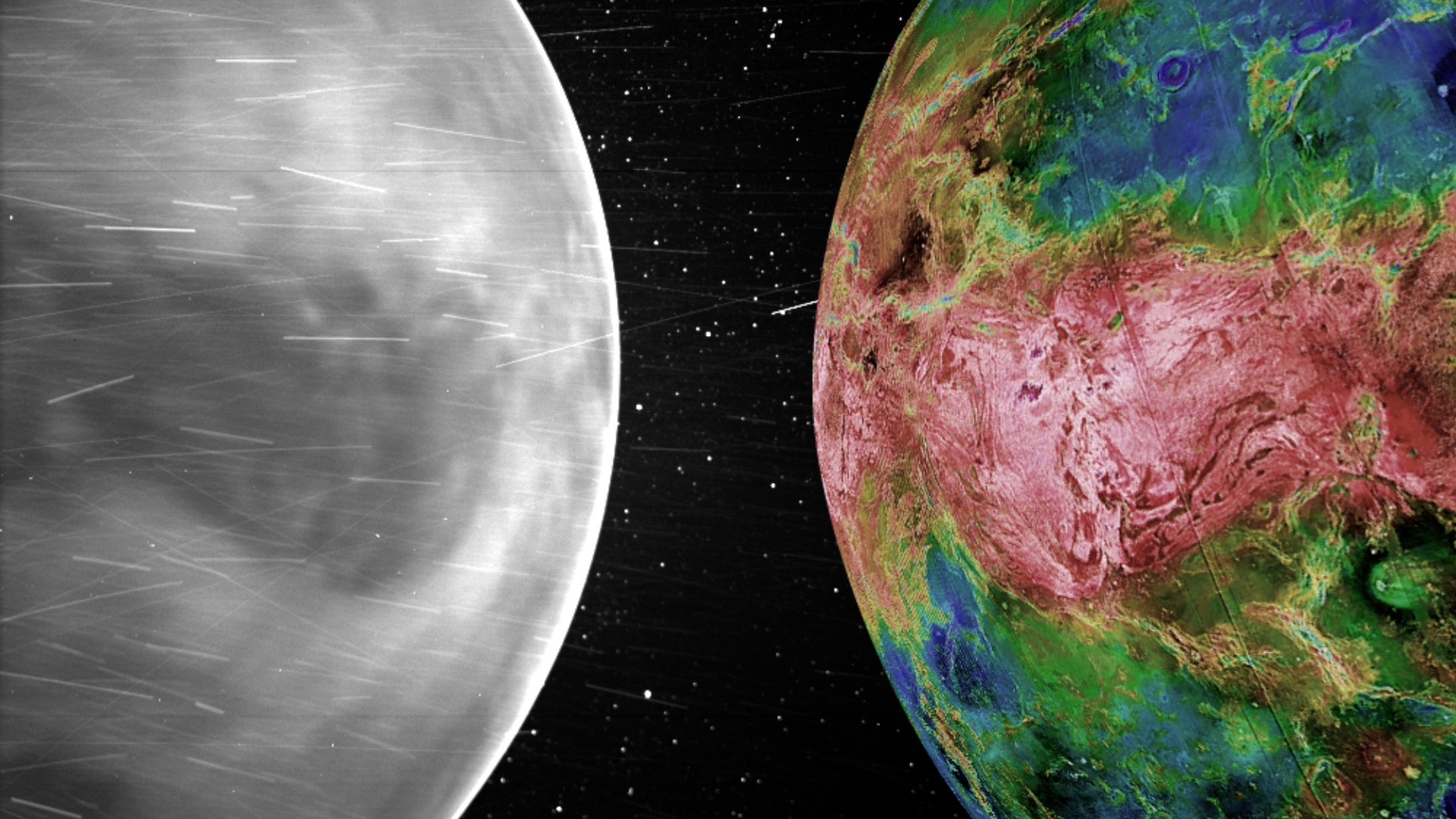
The Parker Solar Probe’s mission is to study the Sun. But the spacecraft’s instruments have nabbed some pretty impressive data on Venus, as it uses the planet for gravity assists in its ever-shrinking solar orbit.
Now, the spacecraft has captured visible light images of Venus’ surface, somehow able to peer through the shroud of clouds in the planet’s atmosphere.
This is complete bonus data that wasn’t ever expected.
Continue reading “Wow. Parker Solar Probe Took a Picture of the Surface of Venus”Simulation Predicts Where to Find 300,000 Meteorites Hidden in Antarctica
Although meteorites are known to fall all over the world, the environment and unique processes in Antarctica make them somewhat easier to find on the pristine, snowy landscape. Still, collecting meteorites in Antarctica is physically grueling and hazardous work.
But what if there was a “treasure map” which showed the most probable places to find meteorites in Antarctica, directing researchers where to look?
Continue reading “Simulation Predicts Where to Find 300,000 Meteorites Hidden in Antarctica”The Science — and Fun — Behind “Moonfall”
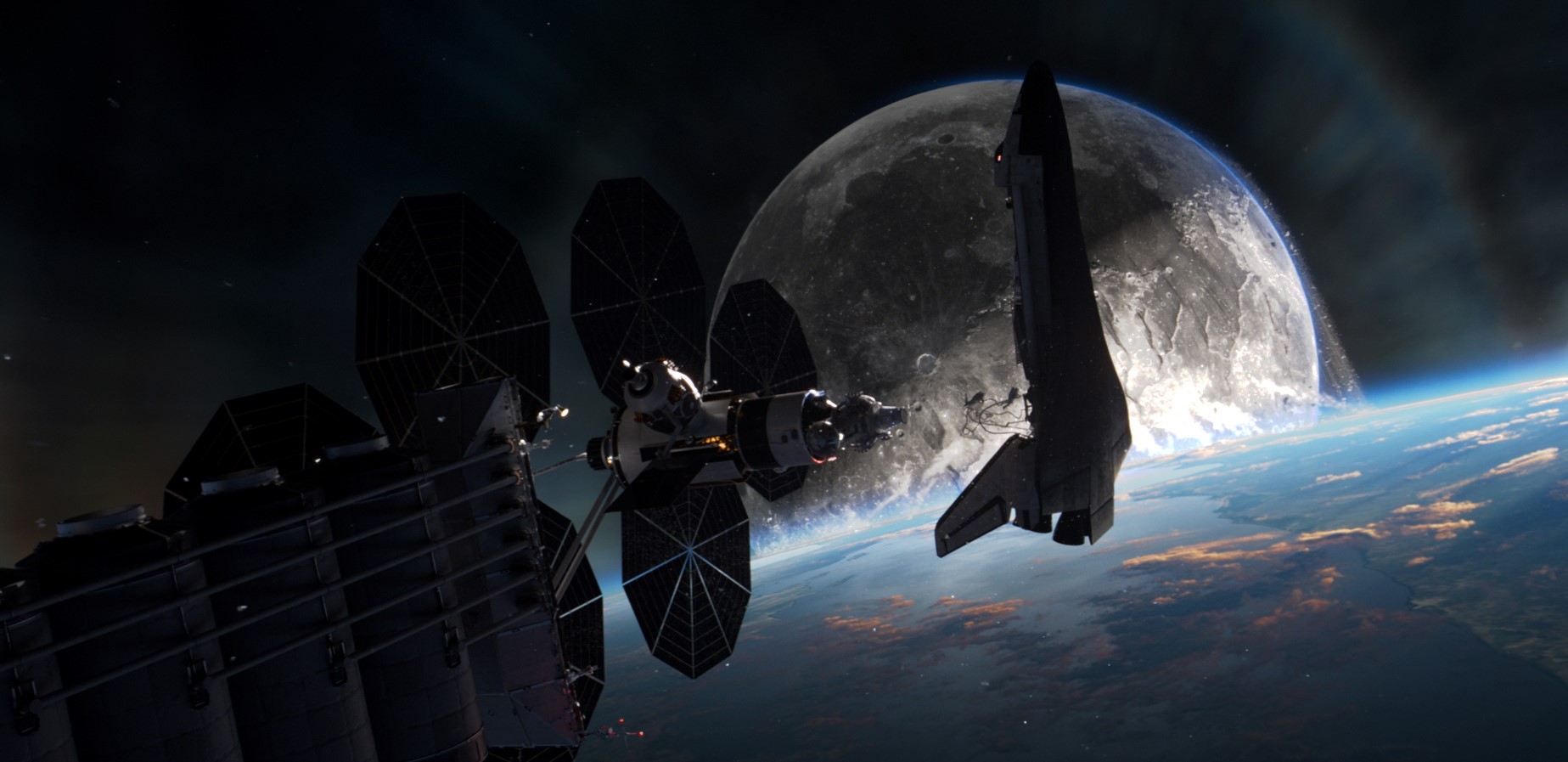
The master of disaster has struck again, and this time our Moon is the ominous villain.
In “Moonfall,” film director Roland Emmerich (Independence Day, The Day After Tomorrow, 2012) has created yet another sci-fi disaster film where the world faces obliteration from mysterious forces.
The movie opens in theaters today.
Continue reading “The Science — and Fun — Behind “Moonfall””
